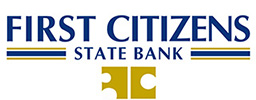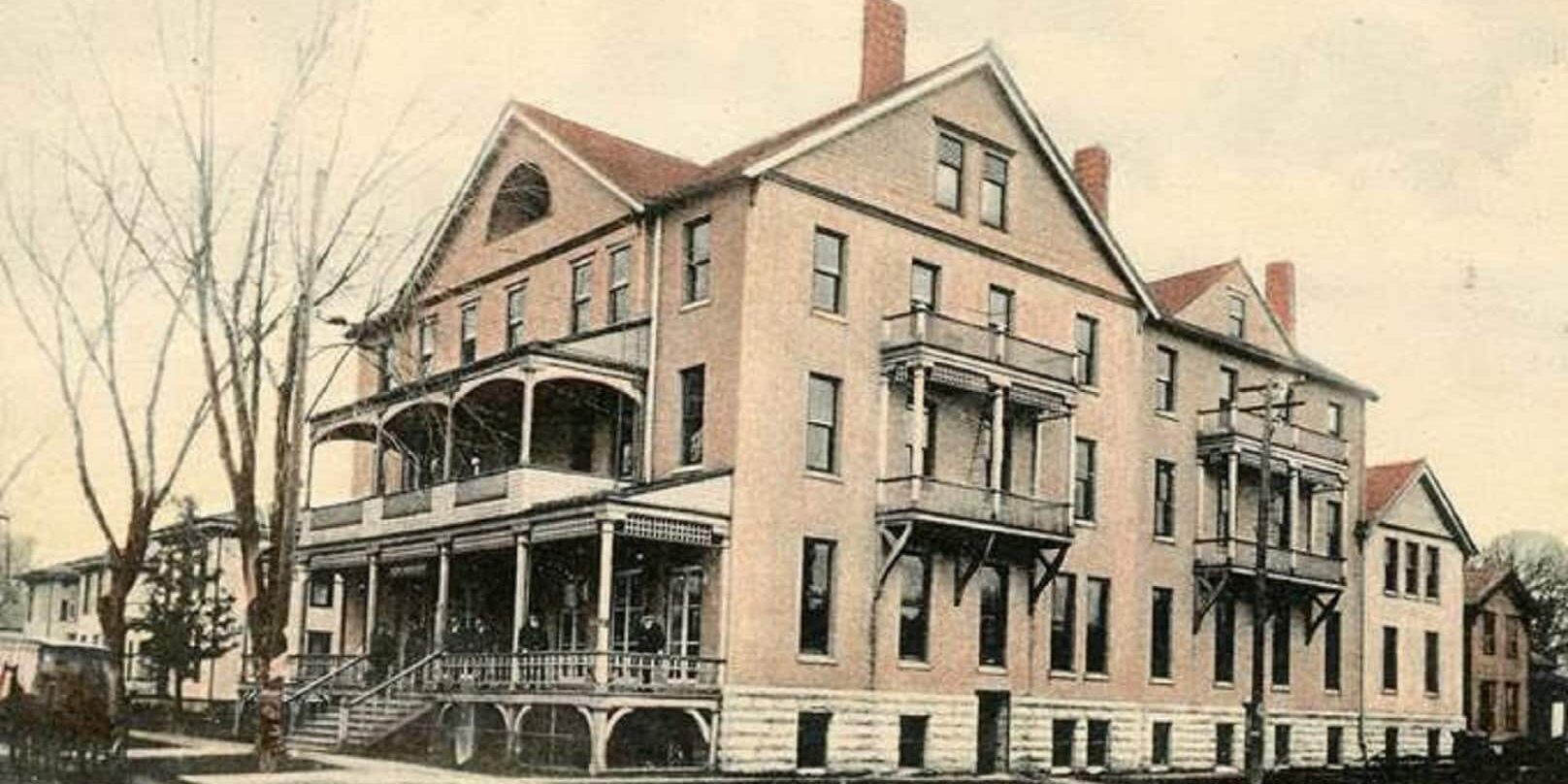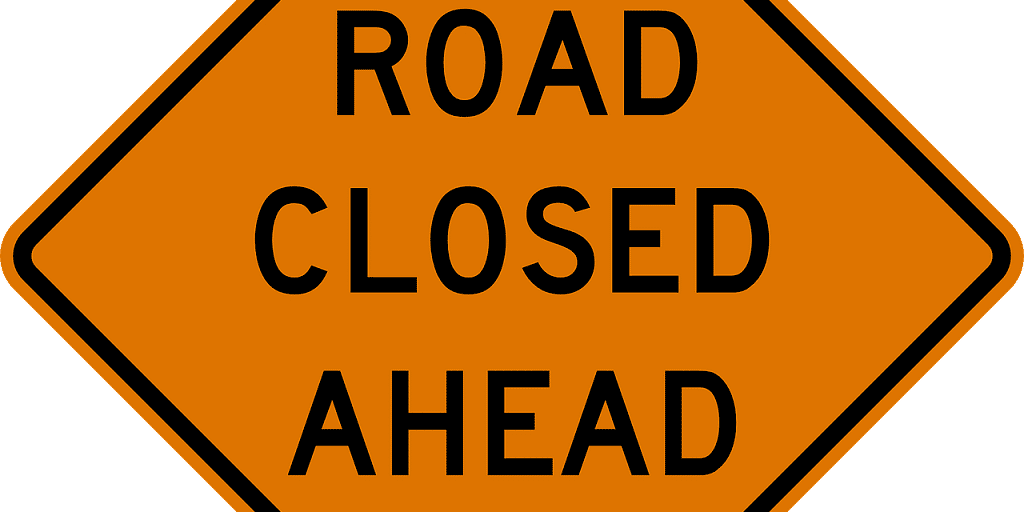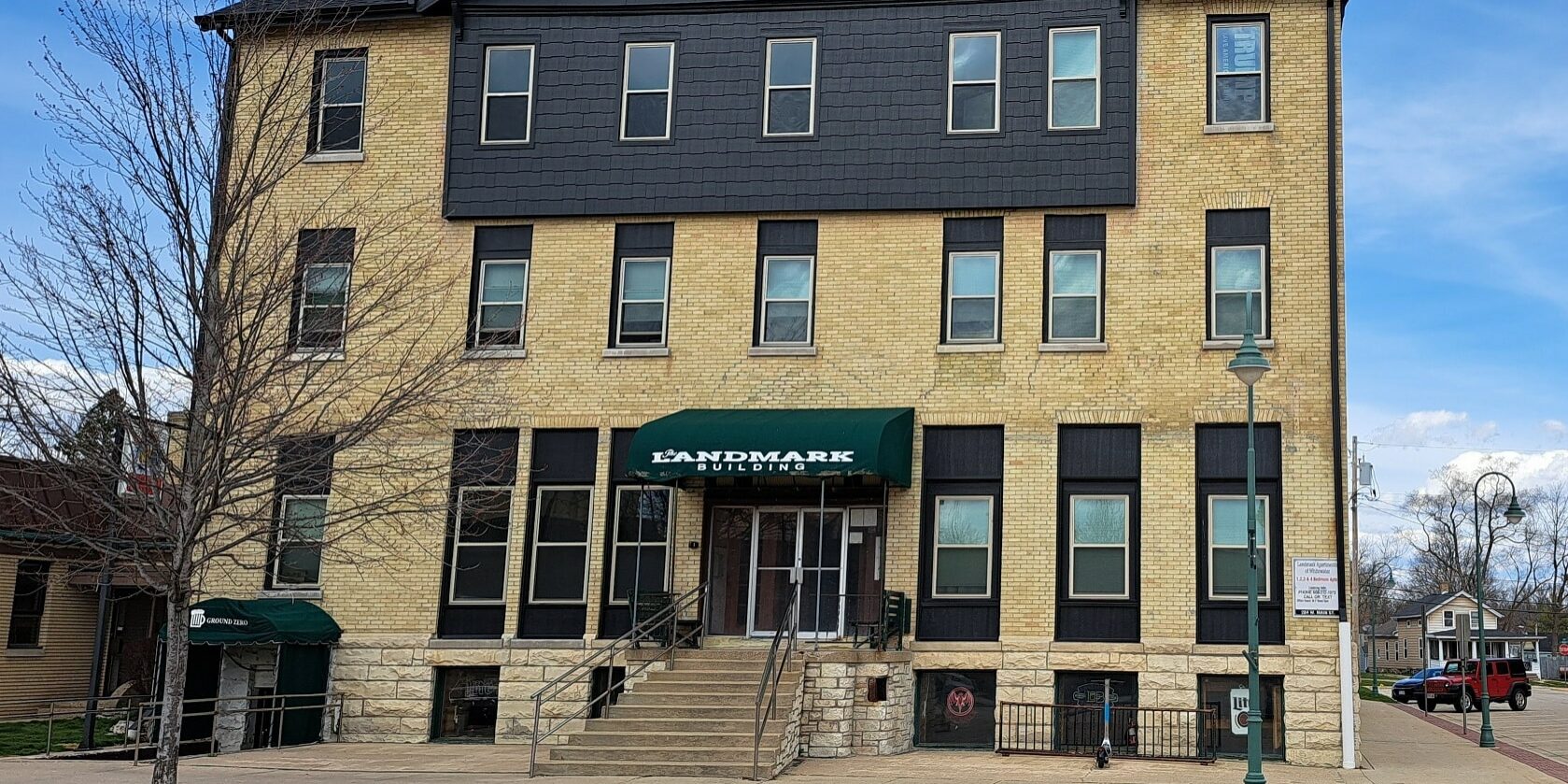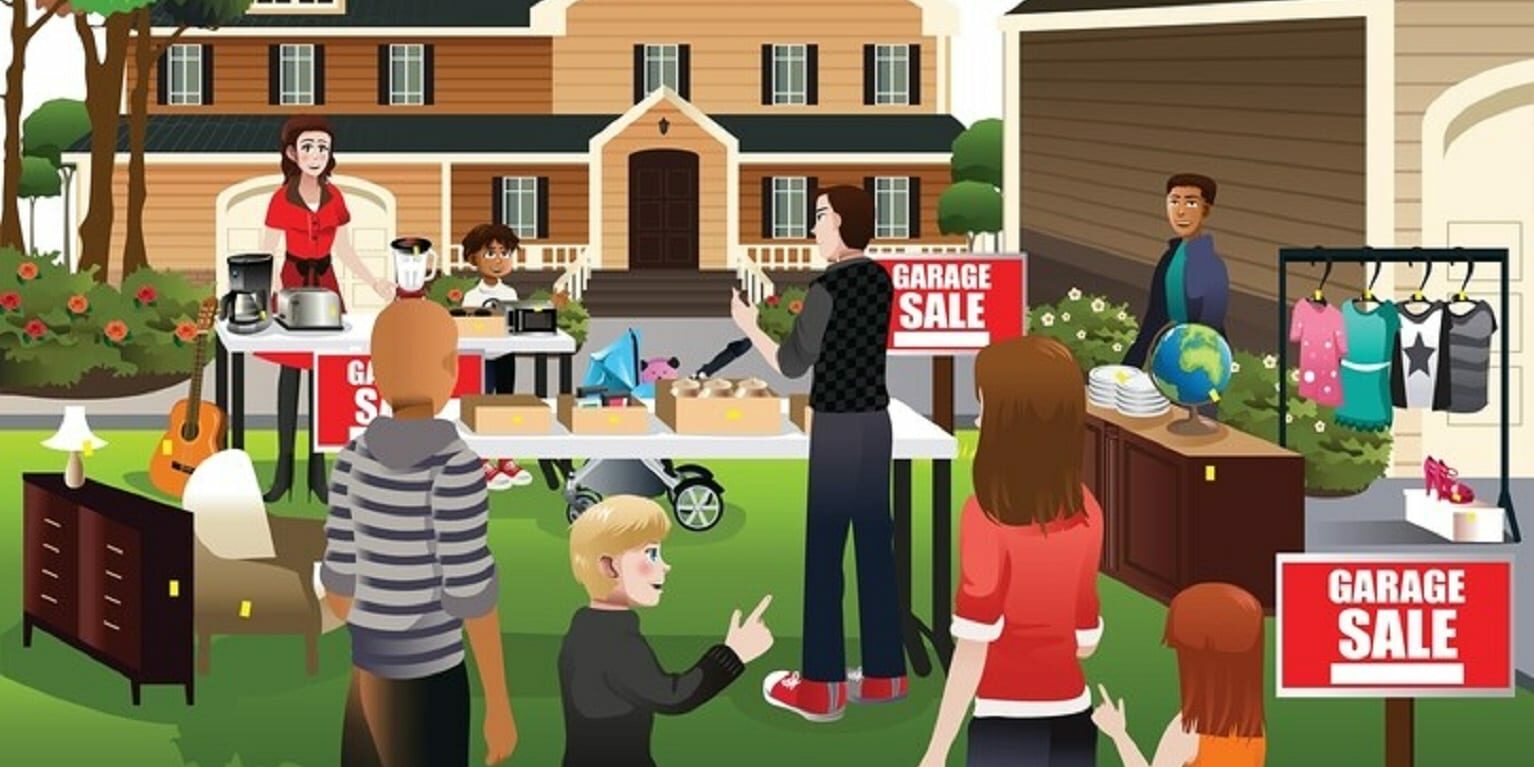(University of Wisconsin-Whitewater submission) If anyone still needs an incentive to use a face covering, David Welsch has one.
Welsch, a professor of economics at the University of Wisconsin-Whitewater, determined that if people who interact with others increase their use of face masks by just one percent, it could reduce COVID-19 deaths by 10.5 percent.
Working with data from 3,069 of the 3,131 counties in the United States and applying a series of mathematical controls to allow for variations in the county populations, Welsch concluded that the lives of six people might be saved in the average county if the number of people who wear face coverings within six feet of others increased by a single percentage point.
“Even if that number is off by a bit — even if it’s three people per county — that is still a big number,” said Welsch. “Showing that masks can reduce COVID-19 deaths is the most important outcome (of the study).”
Welsch’s study, which was published as “Do Masks Reduce COVID-19 Deaths? A County Level Analysis” on Nov. 13, 2020, in issue 57 of the Centre for Economic Policy Research, adds to a growing body of research on face coverings during the COVID-19 pandemic.
Ryan Westergaard, a chief medical officer with the Wisconsin Department of Health Services, said Welsch’s study addresses what public health experts have been saying all along about the importance of wearing face coverings to prevent the spread of COVID-19.
“COVID-19 spreads through respiratory droplets from our mouths and noses, and face masks contain those droplets, so wearing masks is important when people need to be out in public, said Westergaard. “But masks are just one tool to prevent the spread of the virus. Other prevention methods, like staying at home, maintaining social distance when you need to go out and washing hands thoroughly and frequently, also reduce the spread of the virus in the community.”
By the summer of 2020, Welsch had begun to notice the range of responses to wearing face coverings, from adherence to outright defiance.
“A lot of economists are inspired by things they see going on in the real world,” said Welsch, whose wife, a pediatrician, routinely wears a face mask and face shield at work. Welsch said their two children also wear masks at school and in basketball leagues. As a result, Welsch did not anticipate the widespread resistance to face masks that developed.
“I didn’t realize how controversial mask usage was. I was surprised.”
Welsch decided to investigate, using a powerful mathematical tool called “econometrics.” He drew on the daily COVID-19 reporting by counties to the Centers for Disease Control and a nationwide map of face covering use from 250,000 surveys compiled in July by the New York Times using global data and survey firm Dynata. He also used the U.S. Census and other sources. Welsch omitted only 62 counties due to missing information in their reporting to the CDC.
“Correlation is not causation. If you just look at (one correlation), you can get this weird result,” said Welsch. “Like, let’s say they have an older population. People in that county are probably going to use more masks because they’re worried about their vulnerable relatives who are older.”
“That county is going to have more deaths, but they’re also going to have more mask usage.”
By applying econometrics, economists over the past 50 years have learned how to use observable data documented by sources like the CDC to mathematically control the more subtle, unseen variables that can lead to distorted results. Honing in only on COVID-19 deaths helped refine Welsch’s study even more.
“So it’s almost like a laboratory experiment where we’re comparing two things that are exactly the same and then altering one dimension,” said Welsch. “These techniques allow us to compare counties with the same-aged population where one has higher mask usage than the other.”
Will more people come around to face coverings? Will the conclusions by Welsch and others tip the balance toward creating an incentive?
“Economists make an assumption that people on average are rational,” said Welsch. “Humans might do weird things once in a while, right? Or irrational things. But, on average, we’re rational and we react to incentives.”




